“No more,” asserts Vikas, an Indian Army soldier. He’s surrounded by a screaming mass of vibrant blue and orange. He grabs the darker blue sleeves of Archie, my just-arrived-to-India companion, and I. “With me,” he shouts, “we must take you now.” He pushes through the mob and descends down the stairs, but the blue and orange hordes keep spawning beside us. What sort of carnage is this? Did we commit some sort of heinous crime? Shrieks echo in our wake, but finally the banshees are left in the dust. The exit is ahead of us, harmony is on the horizon.
In India only one thing could cause so much chaos – religion. But it wasn’t Hinduism, Islam, Sikhism, Jainism, Buddhism, Christianity, or Zoroastrianism that catalysed this raucous frenzy. It was the only religion beloved across India – cricket.
As such, this religion of bats and balls made it to Odisha, an eastern state on the Bay of Bengal widely marketed – at least domestically – as “India’s Best Kept Secret”. We’ve spent the last couple of days exploring Bhubaneshwar, India’s ‘Temple City’, the holy coastal city of Puri, and the colossal chariot-like Konark Temple dedicated to the Sun God, Surya. And despite the gluttony of sights, there’s not another white person here.
But Archie didn’t fly all the way from cold, grey London to see a few temples off the international tourist trail. Instead we’re here for another religious temple – Barabati Stadium, a cricket fortress in the city of Cuttack, named after an ancient fortress next door. Today, this 40,000 person venue will play host to the second cricket ODI of the series between India and England.
Coming all the way to Odisha was risky, particularly as no tickets were available until a week before the match. To our panic, only 4,000 were available online on a new app essentially inaccessible to foreigners. The other 90% of tickets were sold three days before at the stadium in crowds which lead to crushes, numerous fainting episodes and all sorts of fist fights. Think you had a problem getting Oasis tickets?
The fervour makes sense. In England international cricket is shared between just eleven stadiums, but in India there are thirty separate venues. This match, on a baking February day, represented the first time Cuttack hosted an international ODI since 2019 giving Odisha a chance to glance at their cricketing deities. But one T20 against South Africa in 2015 left a decidedly bitter taste in the mouth of cricket administrators. We’d discover why later.
Miracles can occur in India, such is the bizarre mysticism of the place, so we were lucky to get hold of some tickets. I messaged Aditya, a Bhubaneshwar student, on Reddit, and he came to the rescue. 7,000 rupees (£65) for one ticket, at a markup of 1000%.
“My tickets were the same price,” he said, glumly. “Everyone buys on the black market and will pay way overprice from the ticket touts.”
Aditya had also told us to arrive a couple of hours early and, blissful in our ignorance, we followed his instructions.
We reach Cuttack, the atmosphere is bubbling. We sip our 10 rupee chai at a street vendor. Around us eyes stare, faces seem bemused but greetings chorus from 50 metres down the street. It’s a friendly beginning and we’re optimistic it will continue for the rest of the day.
One man who is painting India flags on cheeks beckons us over with his paintbrush and we acquiesce to his request. Three flicks of white, green and orange. A small imprecise blue dot in the middle. “1,000 rupees,” he demands. We’d just seen him charge 10 rupees to an Indian man in front of us. I hand him a 100 rupee (£1) note, and we walk away unwilling to bow to his ridiculous demands.
“2,000 rupees,” a shirt vendor asserts, adamant in his excessive valuation. The printing on this England shirt is dodgy, Ben Stokes’ name printed clumsily on the back and he retired from ODI cricket years ago. So I put down a 500 rupee note, grab the shirt and walk off. He nods, somewhat frustrated but with the knowledge he’s still got a better deal than I.
Our walk into the cricketing epicentre commences, then a tsunami of blue and orange converges upon Barabati and upon us too. We’re swept up like pebbles, floating misplaced and pale through the rippling crowd. Eyeballs follow us, phones around us are raised and thrust centimetres from our faces.
The first request. “Selfie please, Sir,” he asks, to which we nod. But that first nod brings another request. And another.
FLASH! “Selfie please, Sir?” he shouts. “Just one Selfie please, Sir?” he screams. “Selfie, selfie, selfie?” he repeats. FLASH!
It’s too late to back down. The ferocious shoal of ultra-friendly piranhas is upon us, we are the unfortunate capybara that sipped from the wrong section of the Amazon. Surrounded, we elbow our way through the teeming mass of blue and orange bodies.
“You’ve already had four photos, mate,” Archie laments. “But please Sir, please, please!” as if this gentleman is in fact pleading for his life. “Take one while walking” Archie asserts. Now we’re leading a disorderly congah line.
“No more,” I shout, laughing at the needless desperation of it all. We’re trying to break through, but it's futile.
We are the honeypot in a parallel universe of 39,998 Winnie the Poohs. Twin Wealdstone Raiders at an Aberystwyth Uni student nightclub circa 2014. Two 13 year old post-Baby Justin Biebers at a Midwestern mall, only we’re not surrounded by crowds of screaming pre-teens in Hollister. The swarms are only 50 year old men, which admittedly, is preferable.
Odisha State TV latch onto the fuss and drag us towards their cameras, though they are particularly besotted with Archie’s fair skin and blond(ish) hair, but certainly not his cricketing opinion. Then the waves of YouTube amateurs gravitate towards us, bringing their own entourage of photo-hungry fiends. We’ve stayed put for five minutes and now we’re stuck. What was once a puddle of blue and orange bodies has become an angry flash flood.
“Everyone is taking pictures of you,” says the security guard. “They didn’t expect to see you here today.” We finally reach the entrance, hand the guard our tickets and enter the relative peace of Barabati with two hours to go until the first ball. We’ve escaped the hordes, but do more await?
Another guard – his head swaying side to side like a bobblehead in a hurricane – escorts us to our seats as enthusiastic eyeballs follow. But we’re surprised to discover, they aren’t any seats at all. Our spots for the game won’t be plastic chairs, they are hard concrete slabs. In fact, Barabati is the only international stadium in India archaic enough to provide these bastions of slow buttock battery.
Frankly, the plastic seats would probably melt anyway as there isn't any shade at all. The midday sun bears down on us as if we’re sheltering under a giant magnifying glass. After minutes, beads of sweat appear on our foreheads and our skin begins its rapid crawl towards a full body blister.
The peace we were foolish to presume would greet us inside was a far flung dream.
Thankful for a restricted area, the blue and orange swarm converge upon us from every angle, ready to pounce for their photo opportunity. Once we were capybaras in a treacherous section of the Amazon, now we’re hunks of anonymous meat in a zoo piranha demonstration.
Concrete below our asses. Blazing sun on our faces. “Selfie please Sirs,” catapulted from every angle. It’s going to be an interesting ten hours.
But despite the lack of comfort, there’s a reason we travelled all this way to witness Indian cricket fans worship their heroes. The crowd roars every time Virat Kohli gets anywhere near the ball, or even turns to face the crowd — he is essentially a god. The speakers blare with “OOHS” and “AAHS” every time a ball whistles past the edge of the English bat. With every wicket, 40,000 people cheer and whoop and whistle in one enormous 120 decibel mantra. Watching cricket in India is everything you imagine, and more.
There’s also a little something for us Britishers. Despite some torrid recent form, England’s batsmen have put on a respectable total. And much to our bodily delight, there are people moving around with insecticide tubs leased from the local exterminator company. These tubs aren’t spraying bug-killer over us, of course. They’re blessing us with something we didn’t expect to be a luxury in these parts – cold water. A luxury…?
“The crowd went crazy when we lost to South Africa in 2015,” Aditya laments. “Everyone started throwing their water bottles and trash onto the pitch. It’s why we haven’t hosted since.”
As a result, the Barabati administrators have taken some serious precautions. There are no water bottles for sale and instead shot glass sized paper cups are provided downstairs to ensure 5,000 people don’t die of thirst. Only you must leave your seat to hydrate, risking countless selfie requests and slipping over in a muddy flood after someone was wise enough to push one of the water tanks over.
Even better. If Archie or I fancies some shade, we can only do it alone. If one of us leaves our seat – which is frequent considering our inflated need for water – it’s swiftly snatched away. On one occasion, Archie heads down to grab some food – the pleasant choice of either cold momos or sweetcorn Domino's – then someone jumps into his seat. I protest before his chubby friend — his back sweat leaking through his shirt like a salty faucet — spreads my legs apart like an over-determined gynaecologist and sits between them. Archie returns with two saucer-sized lukewarm pizzas in his hand with a face that evokes everything but delight.
But as the break hits the sun has begun its slow descent. However, with no cricket on show, we become the spectacle once again. We’re sitting in the front row, but with only one exit in our stand of 5,000 people, everyone who walks past sees our sweaty white faces. The next wave of selfies begins and will continue until India head out to bat. But there’s another nightmare on the cards, for the administrators at least.
Minutes into India’s rapturous innings, one towering floodlight begin to flicker. Then the whole thing goes out. It takes a torturous, selfie-filled 45 minute break for the poor electricians to resolve it. They’ll probably be fired and Cuttack’s campaign to host another international game is on the precipice. One local journalist even wrote an article titled “Barabati - Once A Historic Venue; Now Fast Fading Into Posterchild For Mediocrity.” It doesn’t look pretty for the Odisha Cricket Board.
Once the illumination issue is resolved, we’re reminded why all the attention and hours of discomfort are worth it. Holy fervour courses around the ground; every boundary cheered like India has landed a spaceship on the moon; even singles are celebrated like the birth of a child. We’re glad when the wicket of Virat Kohli renders the entire stadium deathly silent, but then Rohit Sharma hits a century and 40,000 people explode into firecracker rapture.
As the victor becomes ever clearer and Sharma’s wicket falls, collective interest wanes. I look to my right. The man has been sitting next to me for nine long hours, during which he has requested a selfie every 30 minutes. He has Facetimed his wife, his sister, his friend, his friend’s wife and his friend’s wife’s sister’s friend. Yet, he opens his camera and looks desperately at me, imploring me for just one more photo. I ask why, he bobs his head to suggest “why not?”.
I look forward to downloading a software app in 10 years that tells me how many pictures I’m in online. The bulk will be of me in a strange small city in Odisha.
The game has now concluded and England have been battered more than our patience, but the friendly photo piranhas converge again. Our bodies weary, our minds exhausted.
But then the army steps in, takes us in their grasp and helps us escape the swarm. Of course, they’ve made sure to take a selfie for themselves.
Now outside the stadium, the moon glows above us and the Odisha night has ensconced us. We have found peace, a sense of achievement and appreciation for witnessing an Indian cricket game. But in the shadows, one man approaches. Archie catches my eye. A collective sigh passes our lips.
“Selfie please Sir,” the peace intruder pleads, at least politely. This puppy-eyed man, teeth stained red by decades of betel nut chewing and his belly ballooned from a lifetime of biryani, is at least half a century old. And yet, despite his years on this planet, there is nothing he wants more in this world than a photo. But we’ve already taken thousands of selfies today. We’re tired, sunburned, outrageously dehydrated and to top it all off, we’ve suffered a soul-crushing loss.
What will this man do with this particular photograph? Will he look at it for years to come, remembering the day when two lethargic, sweaty and red-skinned Britishers reluctantly accepted his wishes? Will he post it across social media? Will this snippet of irrelevent personal history become an heirloom, passed down through his family for centuries to come? Or will it sit idly and forgotten in his photos, surrounded by other photos with European travelers, part of a strange collection of anonymous white faces? But however small his wishes and for whatever reason they exist, how are we to deny him?
As with many things in India, it is just easier to nod, politely say yes and smile.


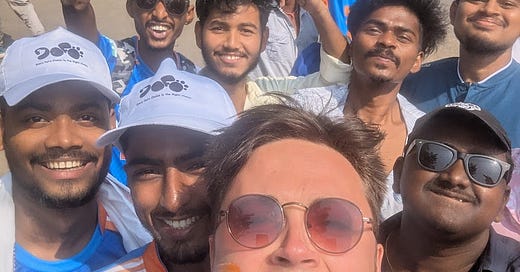


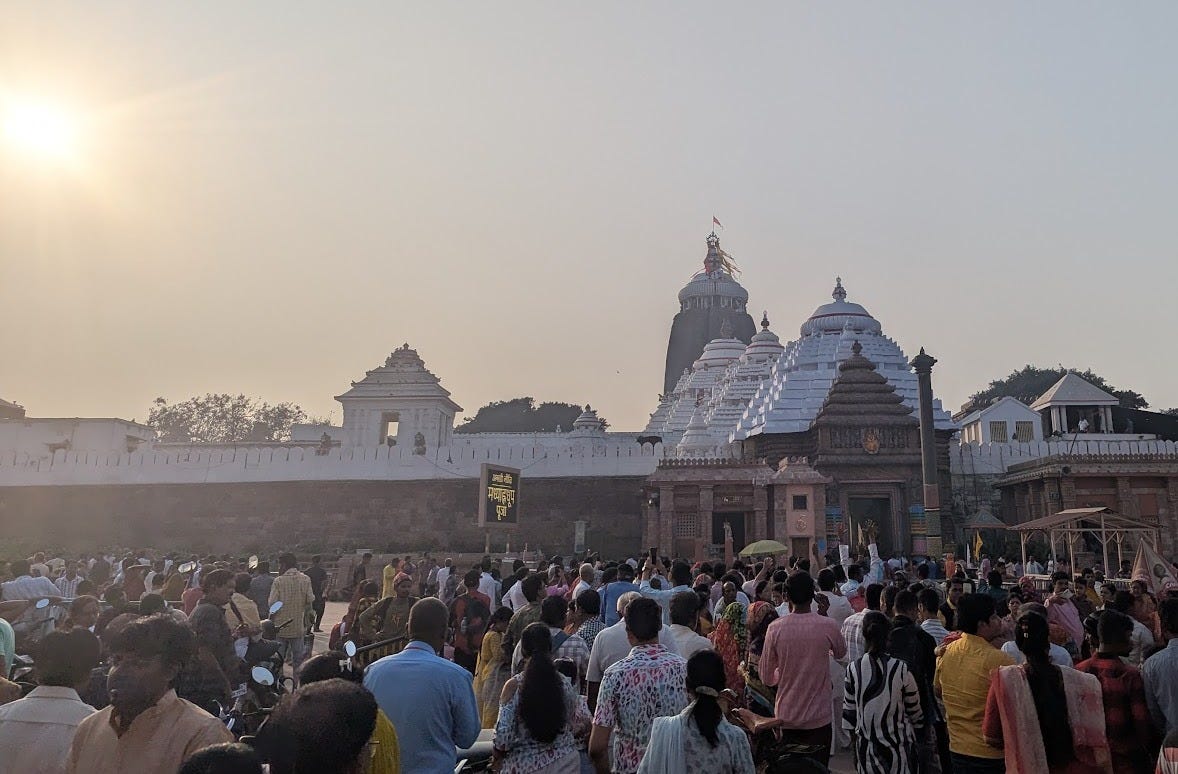
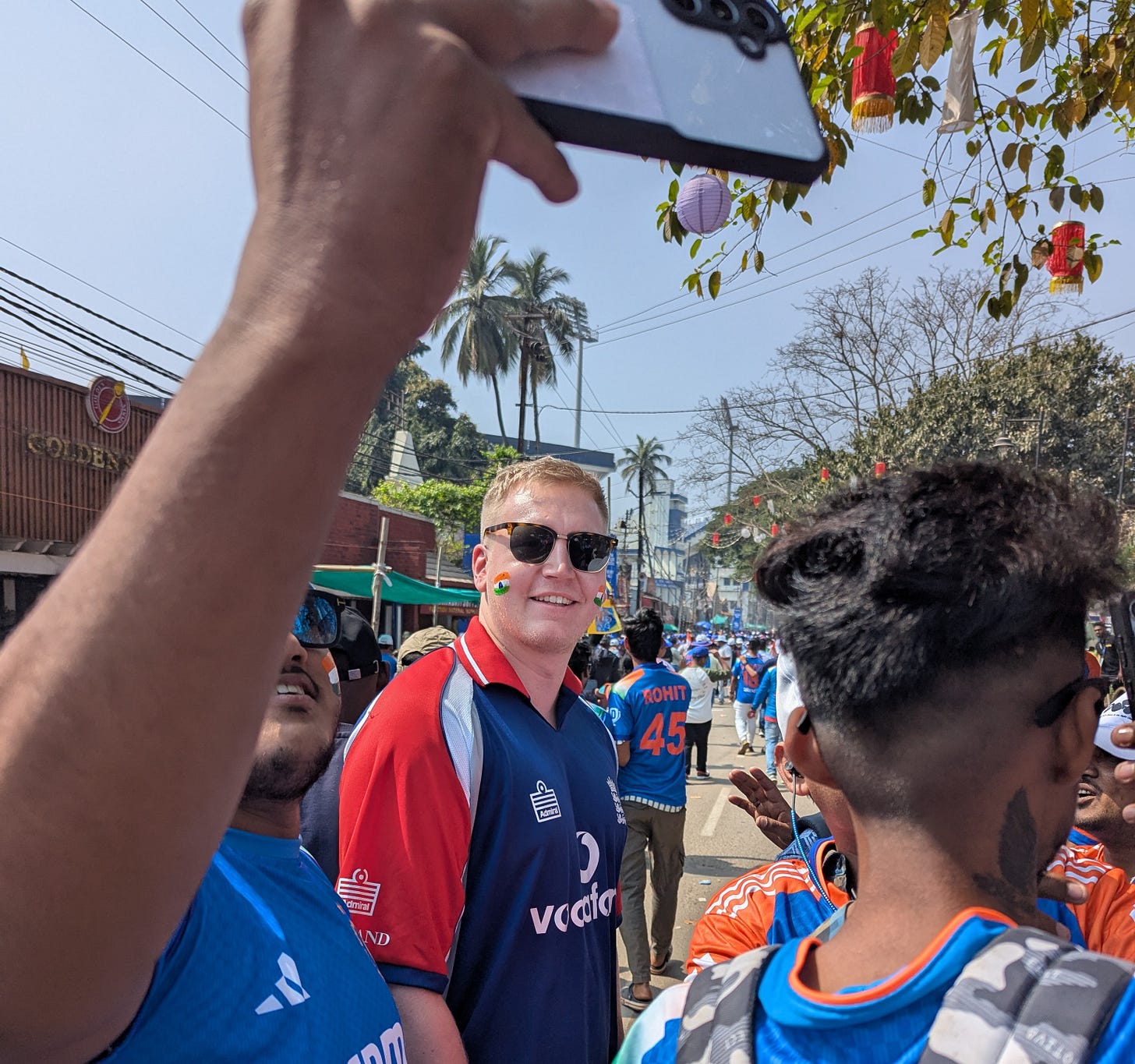

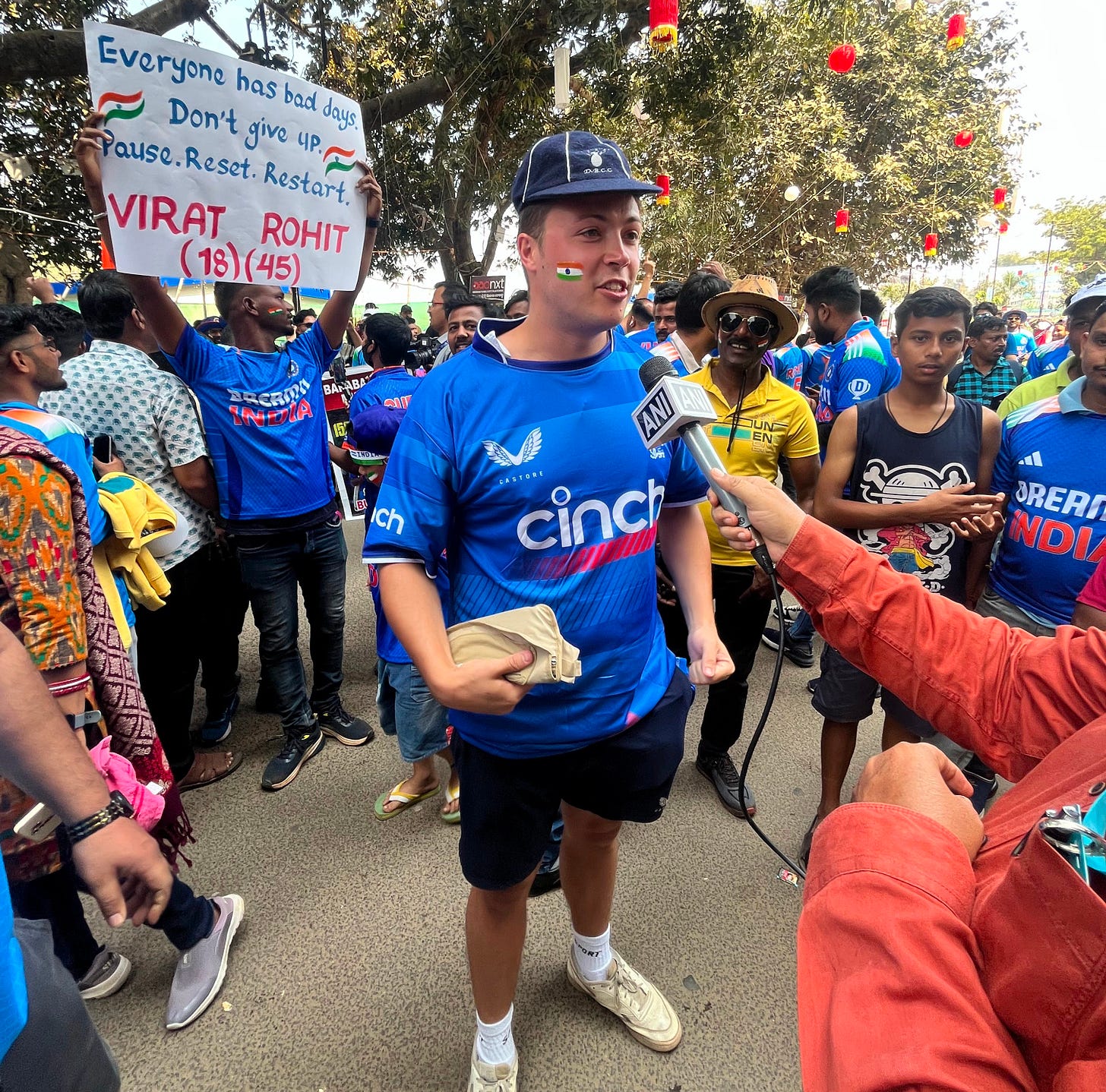
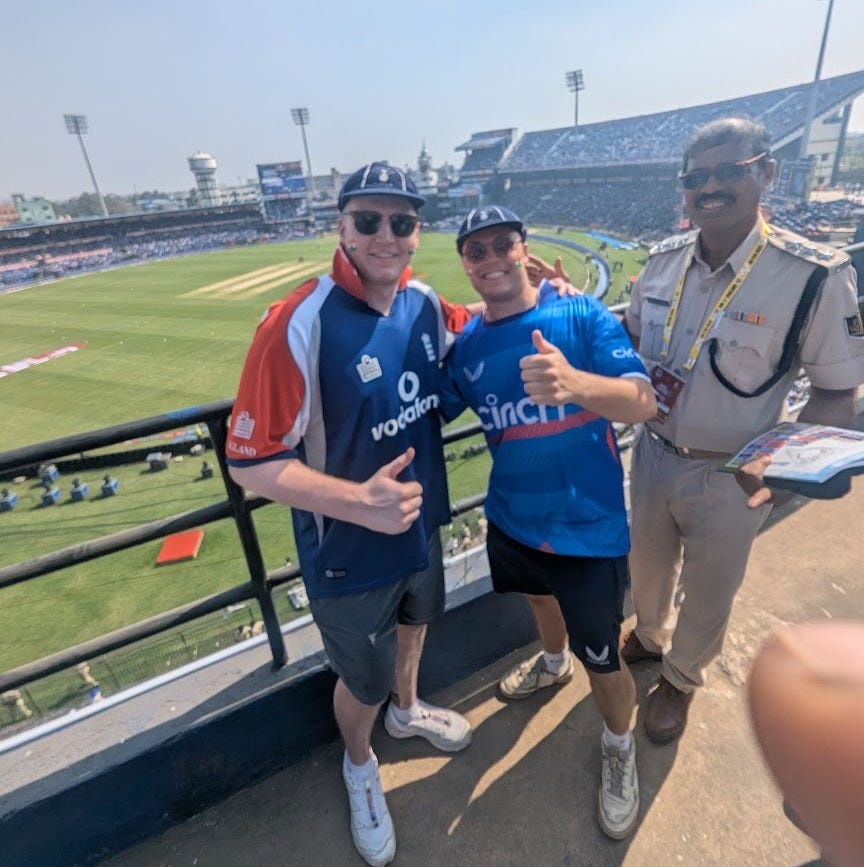
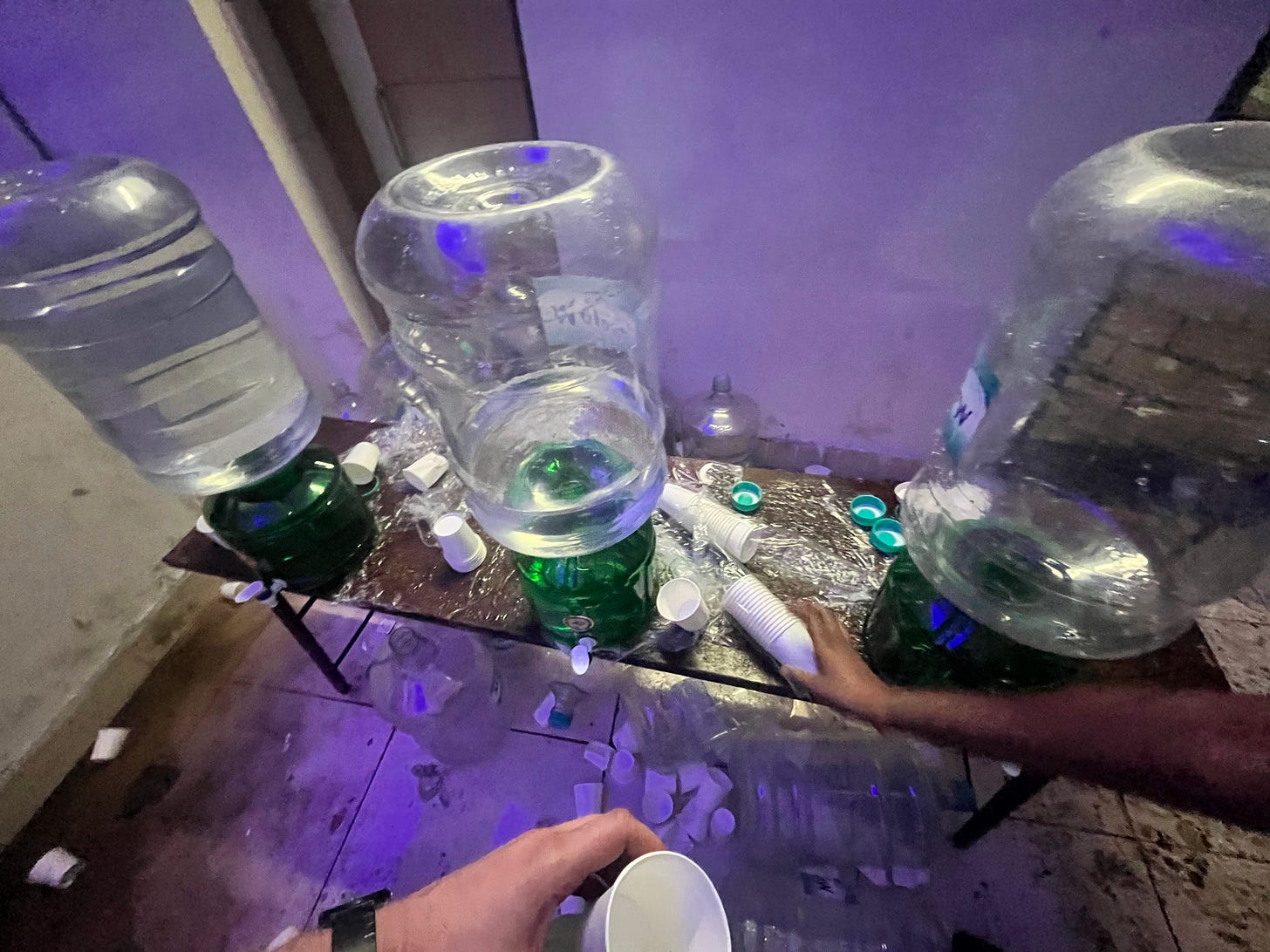
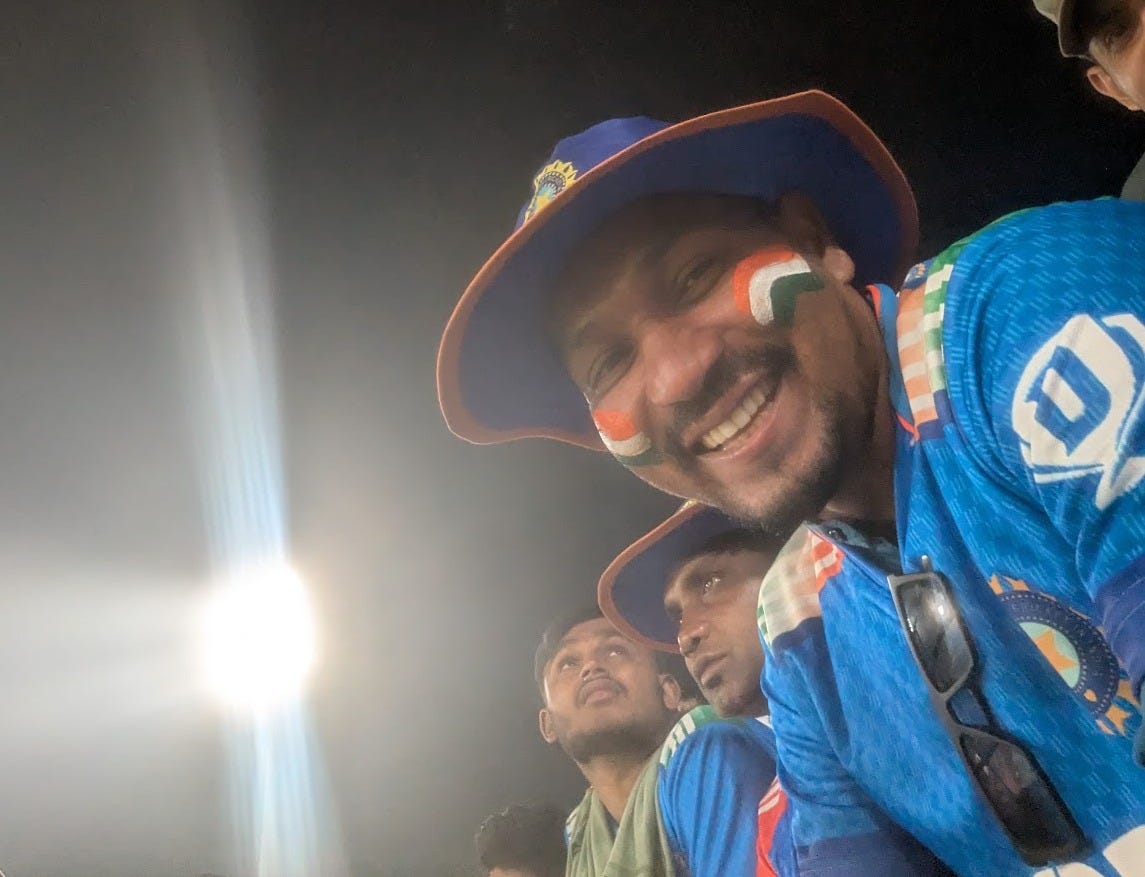
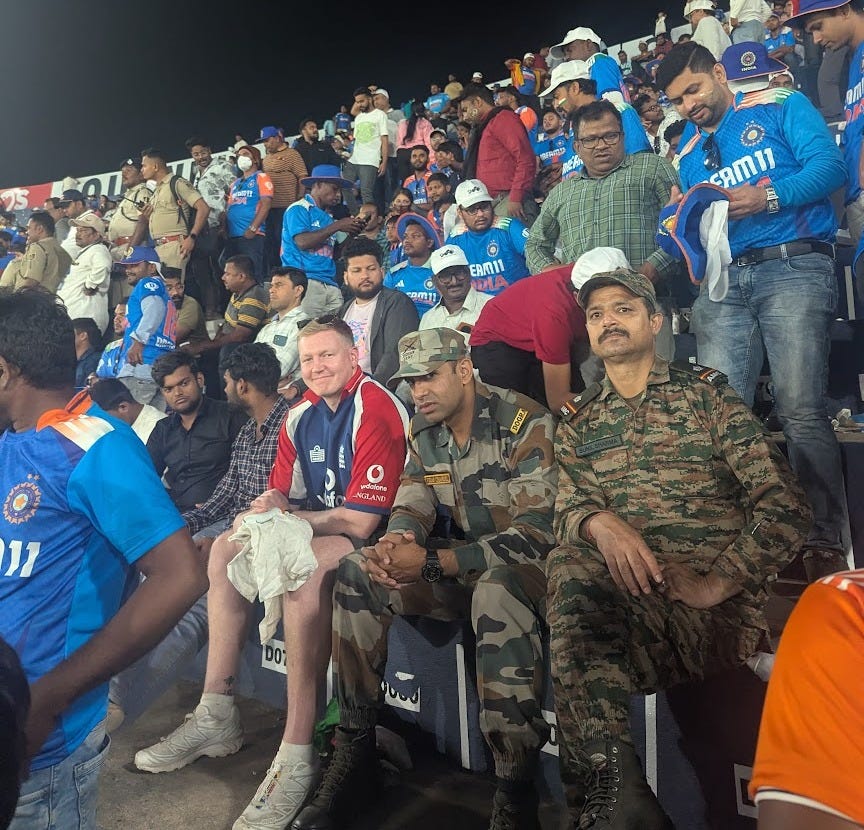
Hey there Charlie , Aditya here , Read your post and I must say you wrote it so well, that i couldn't resist smiling while reading through out the article . Will look forward to host you again . Have a good day 💝